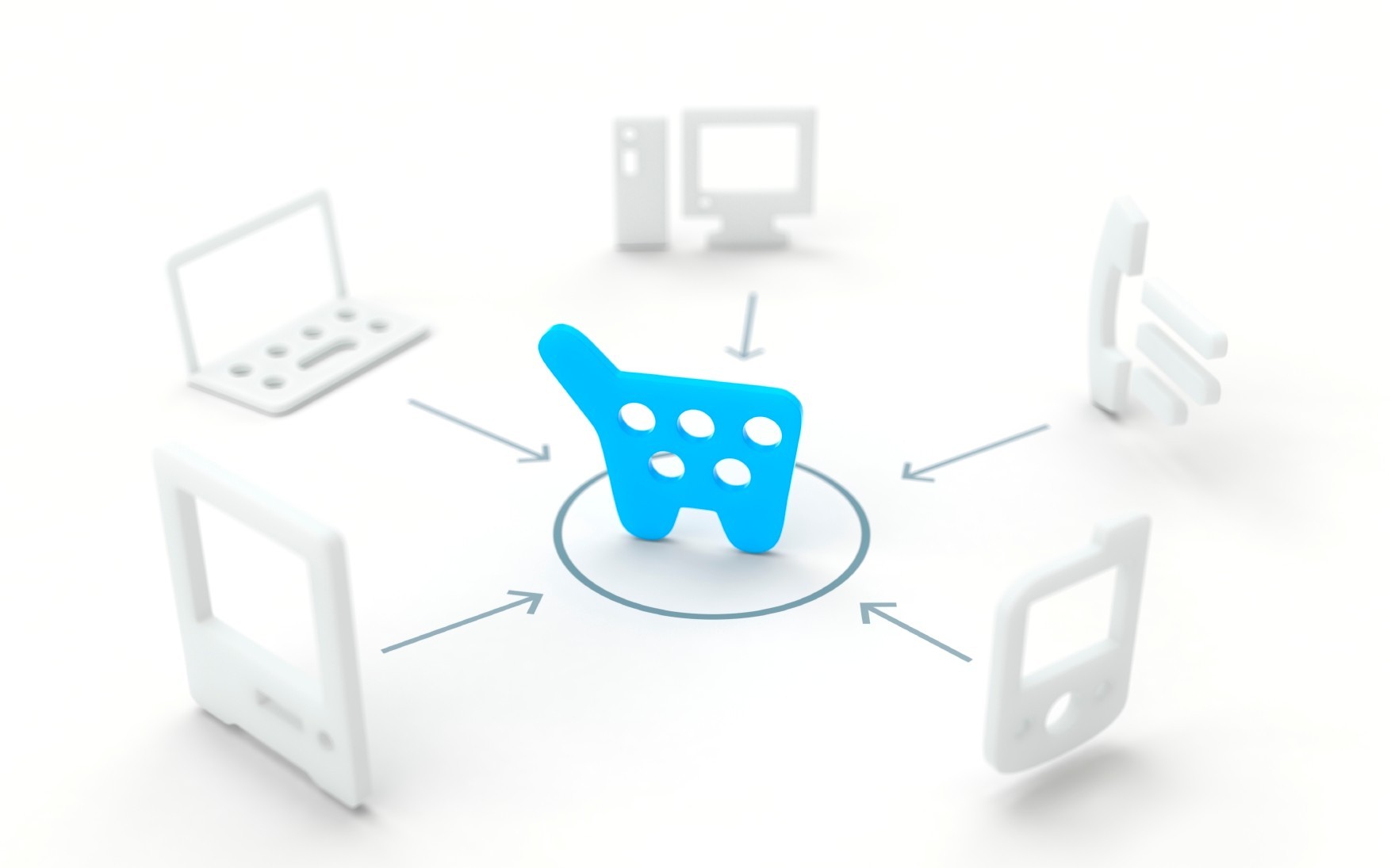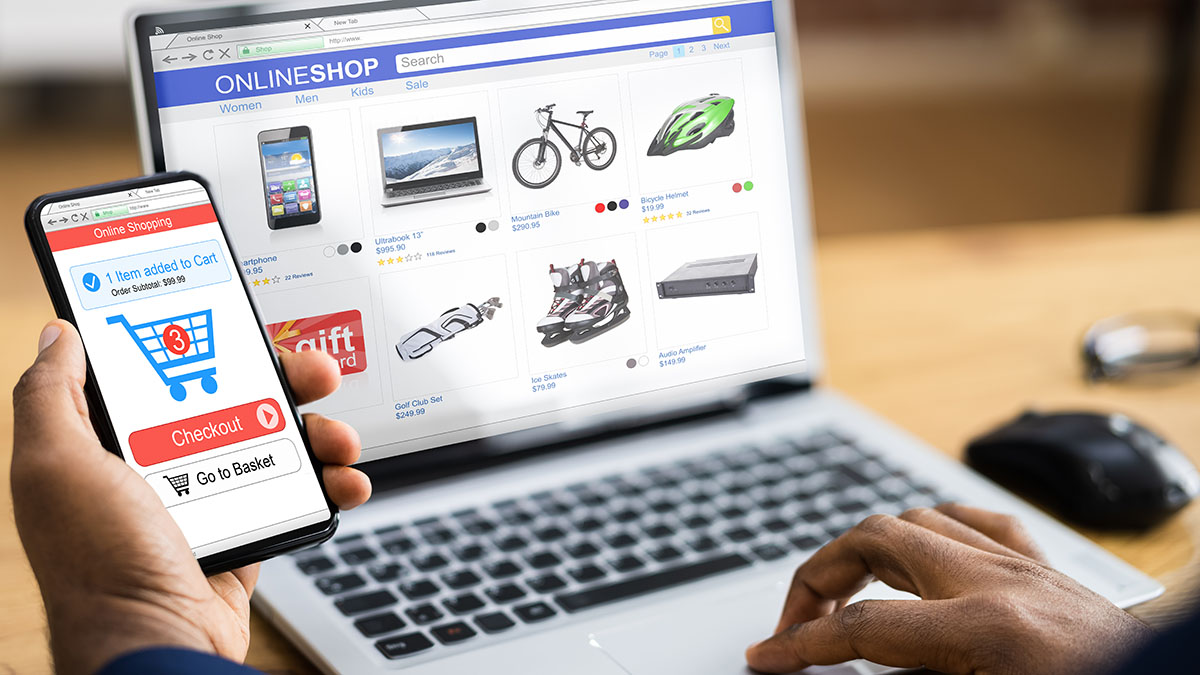When investing money, the goal is to get a higher return than what you invested. If you do not know how to properly optimize your campaigns, then you won’t get the best ROI possible. Knowing how to properly calculate your ROI will, in turn, lead you to making smart decisions on how to invest. If you are in the ecommerce business, here are five ways to help optimize your campaigns.
1. Analyze assisted conversions at the keyword and ad level.
Assisted conversions are the users who click your ad, go to your website, leave your website, and buy later. For example, you are shopping for a pair of shoes, but then you leave the website to see if Amazon has a better deal. Then you go back to the website and purchase. This is an assisted conversion. By analyzing what keywords and ads are giving you the assisted conversions, this will allow you to better optimize the account. By analyzing which ads are generating assisted conversions, you can split test similar ads to generate even more assisted conversions.
2. Tag, tag, tag.
Tag everything you can, including campaigns, sources, mediums and terms. By tagging all that you can, you can perform a deeper analysis of what triggers the assisted conversions. Tagging ads adds additional values in the URL but does not change the URL destination. On Facebook and Bing, these are called UTM parameters. Google uses auto tagging. Tags allow you to see what exactly the user clicked on, whether that be an ad that led to our product page, contact or any other page.
3. Focus on ROI 2 first.
Focus on ROI 2 to improve your overall performance, then focus on ROI 1. Most advertisers do not take ROI 1 and 2 into consideration. ROI 1 includes direct sales, meaning the users that click on your ad and buy right away. This does not always happen, so ROI 2 includes assisted conversions. Once you optimize for assisted conversions by split testing ads and keywords, then ROI 1 will be easier to optimize. ROI 1 is typically negative at first, but with the optimizations, both ROIs should become positive.
4. Focus on return on ad spend
Determine what is being generated with each dollar of ad spend so that you can optimize and make sure you are getting the best ROAS. You want to make sure that your ROAS has a good ratio to your ad spend. Most of the time, the more you spend, the more you get in return. If your ROAS is very low, then you might want to reevaluate how much you spend on ads. In order to get results, you will need to invest.
5. API and automation.
API and automation is very important. Try to automate your reports to understand what experience your users are having and how it impacts the bottom line of your business. API and automation reports allow you to see what is happening in your campaigns in real-time. These reports will also allow you to compare the overall results versus the last week or month of results. This allows you to see if CPAs have increased or decreased, which is very helpful.
Conclusion.
These best practices allow you to grow your business while increasing your ROIs and ROAS. Campaign optimizations can be difficult with very large ecommerce sites, so by focusing on these optimizations, you should see a difference in results and with reporting. The better your campaigns perform, the bigger return you will receive.
___
by ROCCO BALDASSARRE
source: Entrepreneur


